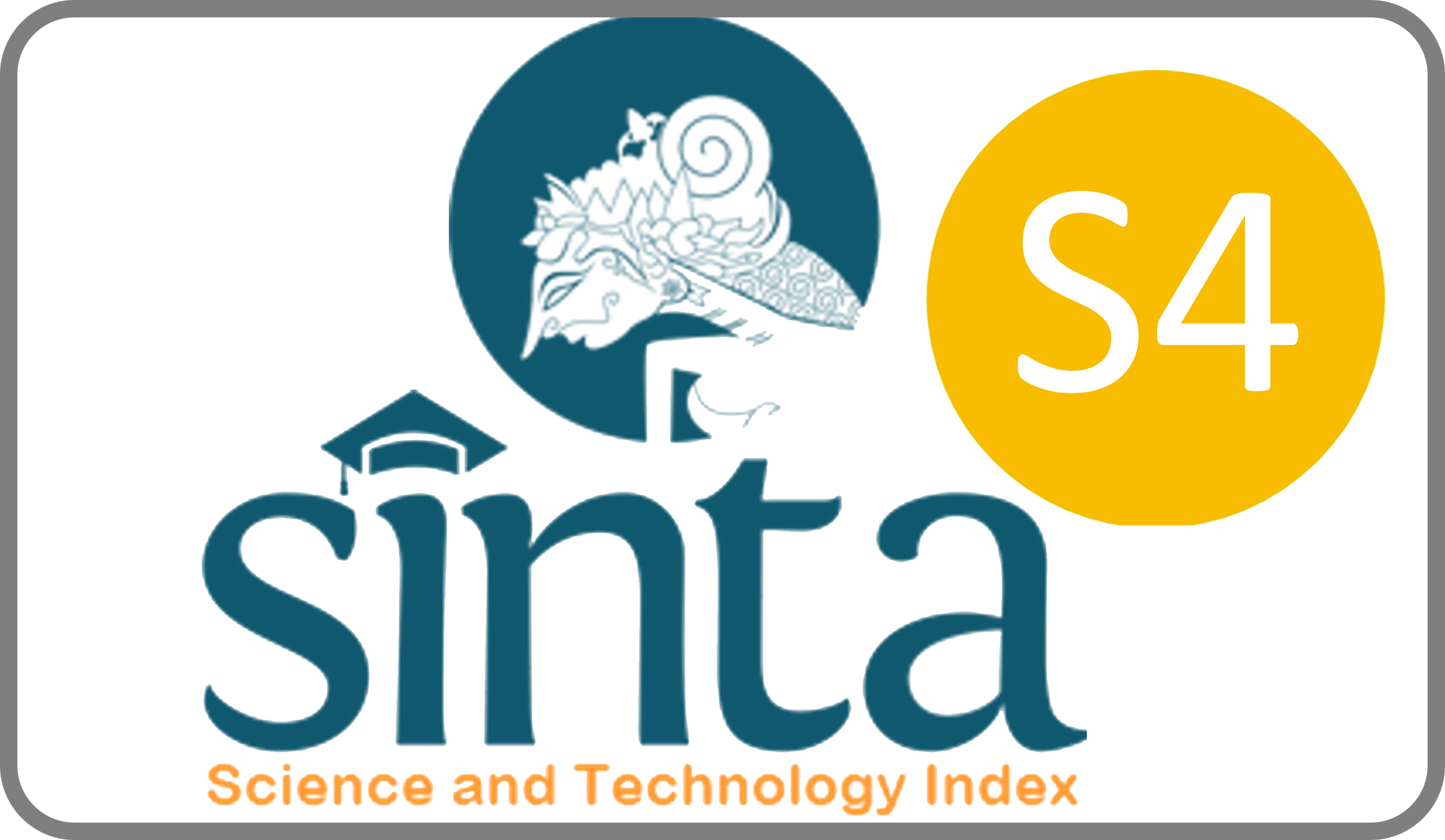VIRTUAL REALITY-BASED DIGITAL MARKETING DEVELOPMENT TRAINING FOR THE TOURISM AWARENESS GROUP OF TROWULAN TOURISM VILLAGE, MOJOKERTO REGENCY
Downloads
The COVID-19 pandemic has had a profound impact on the tourism industry since its emergence in late 2019. Visitor restrictions have led to a significant decline in activity across various sub-sectors of tourism, and prospective travelers have experienced burnout due to isolation. In such a situation, the digital industry has emerged as a rapid and interim solution. One intriguing digital technology that has garnered attention is Virtual Reality (VR). These efforts have been undertaken to ensure the sustainability of tourism destinations, and VR technology has piqued the interest of potential tourists. Despite its effective role in virtual promotion and learning, particularly for cultural heritage and archaeological sites like the Trowulan Site, stakeholders need to be supported through education on immersive technologies such as VR and their utilization in tourism and education, especially in the field of history. The adoption of VR technology in tourism destinations has experienced significant growth, but issues have arisen due to the lack of Human Resources (HR) related to VR Tourism content creation. As a result, the presentation of VR Tourism experiences has been delayed in terms of content updates, which can have a detrimental impact on the image of the tourism destination, potentially undermining its full potential. Awareness of this issue has been recognized by the Tourism Awareness Group (Pokdarwis) Ladewa, a stakeholder involved in the management of tourism destinations and travel packages in the Trowulan region. To address this issue, a proposed solution involves training related to VR Tourism and Social Media Content Creation as part of the digital marketing strategy for the tourism destination. This training will primarily focus on tourism themes with a sub-theme of enhancing the capacity of the Tourism Awareness Group (POKDARWIS) LADEWA.
Anggariani, P., & Paramartha, I. G. N. D. (2021). Digital Tourism Transformation (Virtual Traveling) sebagai Solusi Dampak Covid-19 pada Sektor Pariwisata di Desa Kampial, Bali. Empowerment: Jurnal Pengabdian Masyarakat, 4(01), 71-77.
Herhausen, D., MioÄević, D., Morgan, R. E., & Kleijnen, M. H. (2020). The digital marketing capabilities gap. Industrial Marketing Management, 90, 276-290
Killian, G., & McManus, K. (2015). A marketing communications approach for the digital era: Managerial guidelines for social media integration. Business horizons, 58(5), 539-549.
Pestek, A., & Sarvan, M. (2020). Virtual reality and modern tourism. Journal of Tourism Futures, 7(2), 245-250.
Widiastini, N. M. A., Prayudi, M. A. A., Rahmawati, P. I., & Dantes, I. G. R. (2020). Pelatihan Pembuatan Virtual Tour bagi Kelompok Sadar Wisata Desa Sidatapa, Kabupaten Buleleng, Bali. Bakti Budaya, 3(2), 116.
Wu, H. C., Ai, C. H., & Cheng, C. C. (2019). Virtual reality experiences, attachment and experiential outcomes in tourism. Tourism Review.
Copyright (c) 2024 Damar Kristanto, Gagas Gayuh Aji, Angkita Wasito Kirana, Novianto Edi Suharno, Bambang Suharto, Aji Akbar Firdaus, Maurisia Putri Permatasari

This work is licensed under a Creative Commons Attribution-ShareAlike 4.0 International License.
JLM by Unair is licensed under a Creative Commons Attribution-ShareAlike 4.0 International License.
1. The journal allows the author to hold the copyright of the article without restrictions.
2. The journal allows the author(s) to retain publishing rights without restrictions
3. The legal formal aspect of journal publication accessibility refers to Creative Commons Attribution Share-Alike (CC BY-SA).
4. The Creative Commons Attribution Share-Alike (CC BY-SA) license allows re-distribution and re-use of a licensed work on the conditions that the creator is appropriately credited and that any derivative work is made available under "the same, similar or a compatible license”. Other than the conditions mentioned above, the editorial board is not responsible for copyright violation.


















